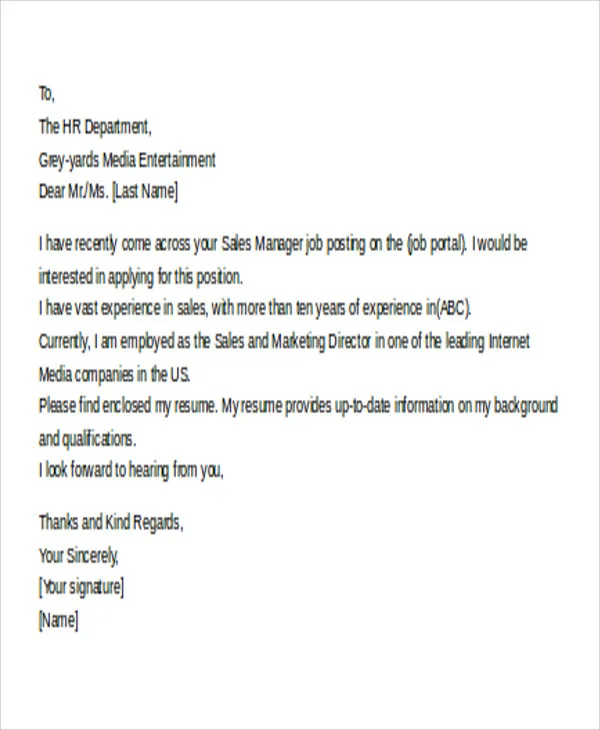Crafting the Perfect Cover Letter Email Resume
In today’s competitive job market, a well-crafted cover letter email resume is more important than ever. These documents are often the first point of contact with a potential employer, making a strong first impression crucial. This guide provides five essential tips to help you create cover letter email resumes that not only get noticed but also highlight your skills, experience, and potential. By focusing on clear formatting, compelling content, and meticulous proofreading, you can significantly increase your chances of landing an interview and securing your dream job. Remember, your application package is a direct reflection of your professionalism and attention to detail. Take the time to refine each element, and you’ll be well on your way to success.
Formatting Your Cover Letter Email
The formatting of your cover letter email is the initial element that employers observe, and it sets the tone for the rest of your application. A well-formatted email is easy to read, professional, and clearly conveys the information. Poor formatting, on the other hand, can make a candidate appear unprofessional or careless, which can lead to the immediate rejection of an application. Pay close attention to every detail, from the subject line to the email body, to show your commitment to excellence and gain an advantage during the hiring process.
Subject Line Essentials
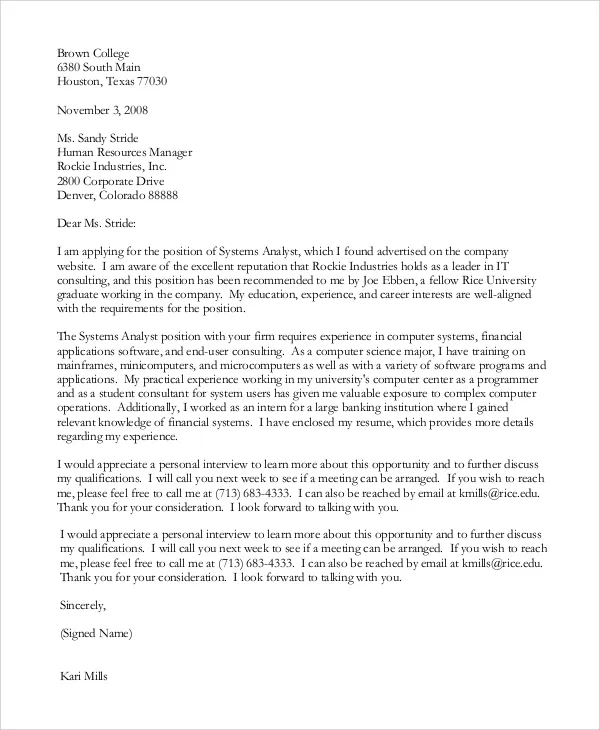
Your subject line is the first thing a recruiter sees, and it determines whether they open your email. Make it clear, concise, and relevant. Include the job title and your name. Avoid generic phrases. For instance, instead of “Job Application,” write “Application for Marketing Manager – [Your Name].” This helps the recruiter quickly identify the email’s purpose and prioritize it. A clear subject line increases the likelihood of your email being opened and read, setting the stage for a positive first impression.
Email Body Structure
The body of your email should be professional, yet engaging. Start with a brief, personalized greeting, such as “Dear [Hiring Manager Name].” Then, state the position you’re applying for and where you found the opening. Highlight key skills and experiences relevant to the role, but keep it concise. The email is not a substitute for your cover letter; it’s an introduction. End with a call to action, such as “I have attached my resume for your review and welcome the opportunity to discuss my qualifications further.” Always include your contact information for easy access.
Attachments and File Types
When attaching your resume and cover letter, always use PDF format to maintain formatting across different devices and operating systems. Name your files clearly, such as “[Your Name] – Cover Letter.pdf” and “[Your Name] – Resume.pdf.” This professionalism ensures the recruiter can easily identify your documents. Avoid using large file sizes, and double-check that all attachments are included before sending your email. A well-organized and correctly formatted attachment demonstrates your attention to detail and respect for the recruiter’s time.
Resume Formatting Tips
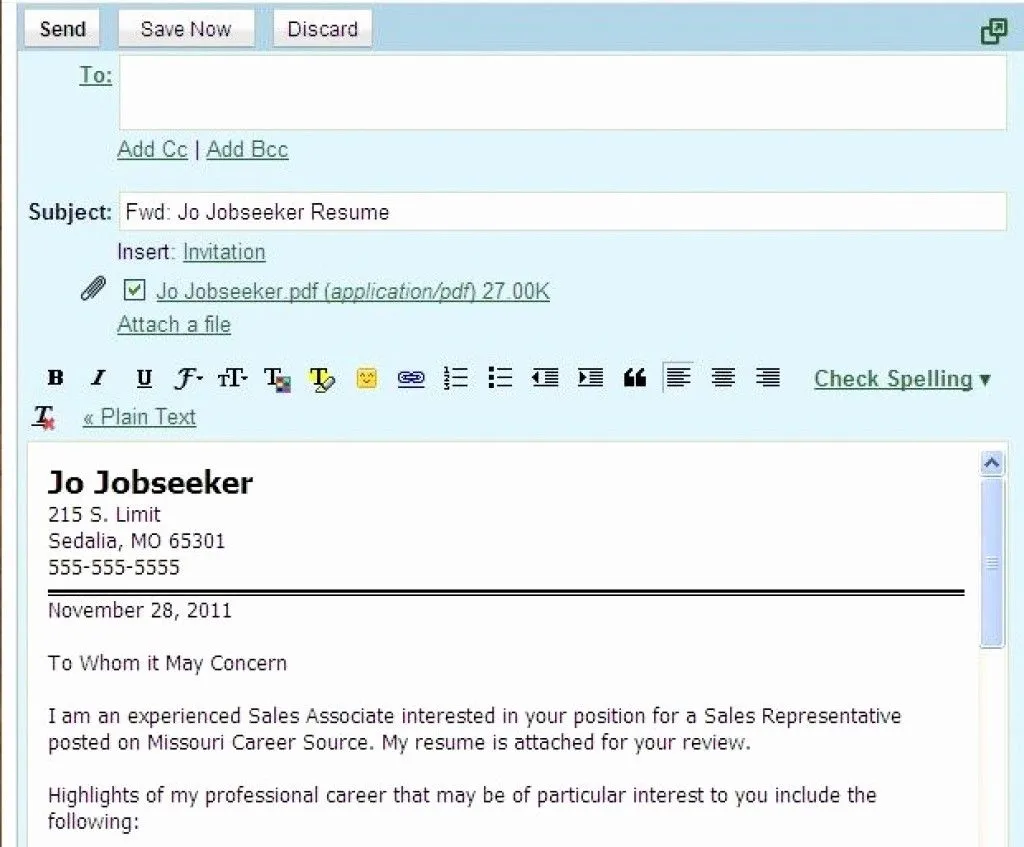
Your resume is a crucial document that provides a comprehensive overview of your professional history, education, and skills. It needs to be clear, concise, and easily scannable. Formatting plays a pivotal role in making it easy to read and ensuring that essential information stands out. The design choices you make should highlight your key accomplishments and match the standards expected by recruiters and hiring managers. Proper formatting is not merely about aesthetics; it’s a means of presenting yourself in the most professional and impressive manner.
Choose the Right Resume Format
Select a resume format that best showcases your experience. The chronological format lists your work history in reverse order, making it ideal for candidates with consistent career progression. The functional format emphasizes skills over experience, suitable for those with gaps in employment or who are changing careers. The combination format blends both, highlighting skills and experience. The choice should align with your career goals and employment history. This ensures that the most relevant information is presented effectively.
Highlighting Your Skills and Experience
Focus on the skills and experiences most relevant to the jobs you are applying for. Use bullet points to describe your responsibilities and accomplishments, using action verbs to start each bullet point (e.g., “Managed,” “Developed,” “Implemented”). Quantify your achievements whenever possible; for example, “Increased sales by 15%.” This demonstrates the tangible impact you’ve made in previous roles. Highlighting key skills, projects, and quantifiable achievements makes your resume stand out.
Tailoring for the Job
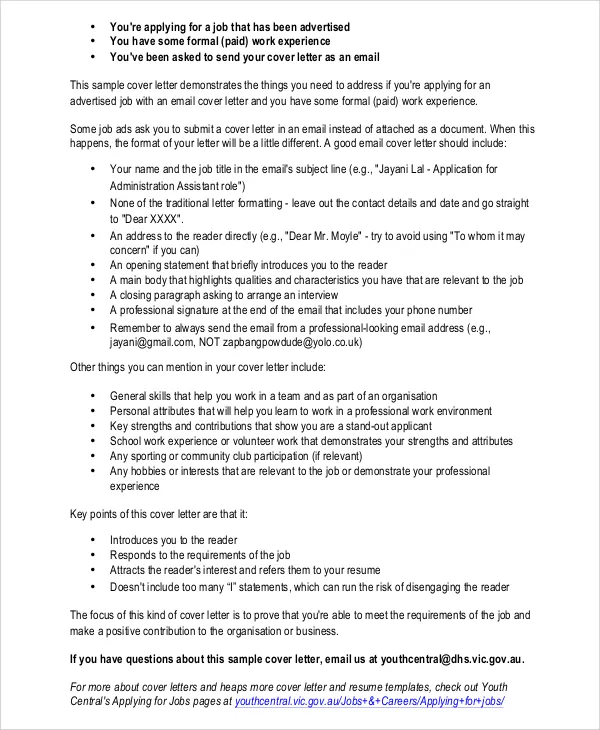
Never submit the same resume for every job. Customize your resume for each application. Carefully review the job description and identify the key requirements and keywords. Adjust your resume to include these, showcasing how your skills and experience align with the specific needs of the role. Tailoring your resume demonstrates your genuine interest in the position and increases your chances of getting noticed. Customization enhances your relevance.
Writing a Compelling Cover Letter
Your cover letter is your chance to provide a personal narrative, explaining why you are a good fit for the role. It should complement your resume, providing further detail and context to your qualifications. A strong cover letter captures the reader’s attention, showcases your personality, and demonstrates your enthusiasm. This letter should be written to highlight your key accomplishments and explain why you want the job, not just why you need a job. A tailored cover letter makes a lasting impression.
Opening Paragraph Power
Start your cover letter with a compelling opening. This is your hook; it should grab the reader’s attention. Mention the position you’re applying for and where you saw the job posting. Briefly state why you are excited about the opportunity and what makes you a strong candidate. Avoid generic phrases. For example, instead of “I am writing to apply for the position,” try, “I am writing to express my enthusiastic interest in the Marketing Manager position at [Company Name], as advertised on [Platform].” The opening paragraph should immediately establish your purpose and interest.
Showcase Your Achievements
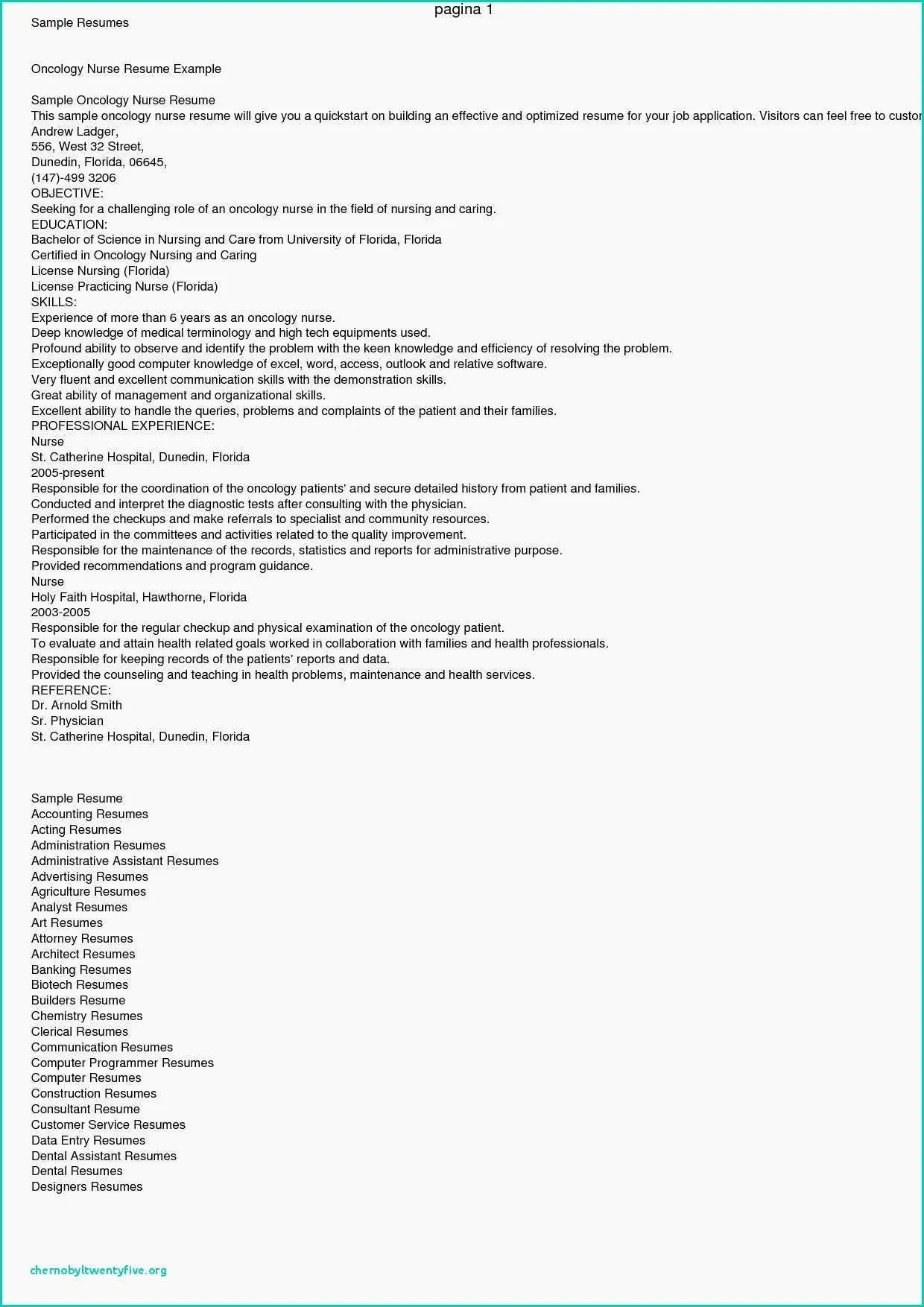
In the body of your cover letter, highlight your most relevant skills and achievements. Use specific examples to illustrate how you have succeeded in past roles. Quantify your accomplishments whenever possible; for instance, mention how you increased sales or reduced costs. Tailor your examples to match the job requirements. Show how your experience directly relates to what the employer is looking for. Demonstrating these key achievements will help you gain credibility.
Closing with Confidence
End your cover letter with a confident closing. Reiterate your interest in the position and thank the hiring manager for their time and consideration. State your availability for an interview. Include a call to action, such as “I look forward to the opportunity to discuss my qualifications further.” Ensure your contact information is clearly visible. A strong closing leaves a lasting impression and encourages the recruiter to move forward in the hiring process.
Proofreading and Editing
Proofreading and editing are the final steps to ensure that your cover letter email resume is free of errors and presents you in the best possible light. Typos, grammatical errors, and formatting inconsistencies can undermine your application and leave a negative impression on a recruiter. Meticulous review and editing demonstrate your attention to detail, professionalism, and respect for the reader. It’s a crucial step that should not be overlooked in order to create a positive impact.
Checking for Errors

Carefully review your resume and cover letter for spelling, grammatical, and punctuation errors. Use a spell checker and grammar checker, but don’t rely solely on these tools; they often miss subtle errors. Check for consistency in formatting, such as font styles, spacing, and bullet points. Ensure that all dates, titles, and contact information are accurate. Proofread several times, and read it aloud to catch any mistakes you might miss when reading silently.
Seek Feedback
Ask a friend, family member, or career counselor to review your cover letter email resume. Fresh eyes can often spot errors you’ve missed. Ask for specific feedback on clarity, content, and overall impact. Ensure the resume is tailored correctly to the targeted job and aligns with industry standards. Their insights can offer a perspective and help you refine your application before submitting it. Seeking feedback is an essential component in the process.
